A new dam in the Panama Canal could solve water-level problems but create housing ones
Droughts are becoming more common. Solutions are needed for one of the world's premier commerce passages.

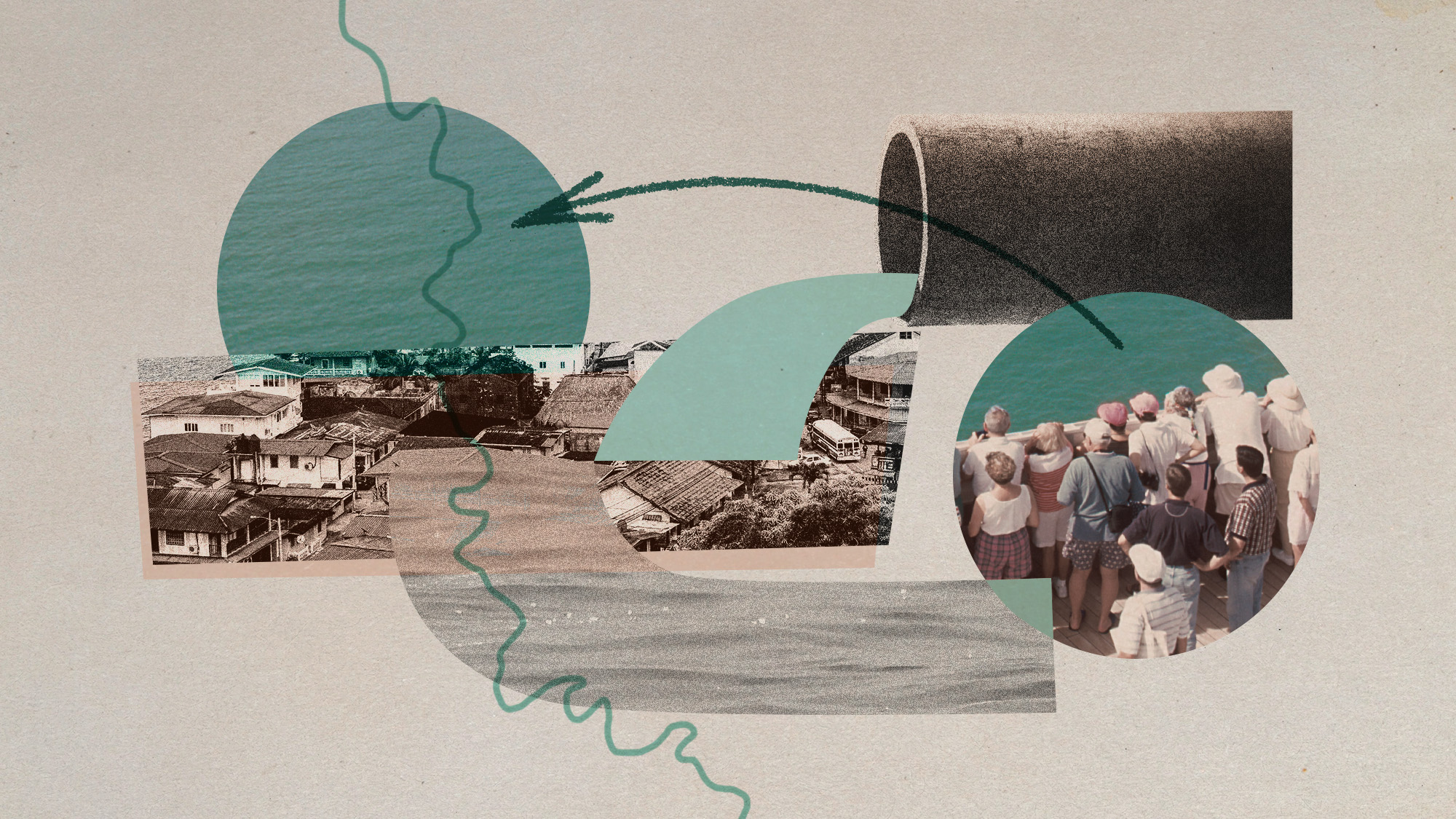
The Panama Canal's water levels have been dwindling, and this shift will have significant economic consequences for the region. To combat the change, the Panama government approved the Rio Indio Reservoir Project. The plan could guarantee water supply to approximately 50% of the country's population but will also displace many Panamanians.
Water woes
Panama's Lake Gatún and Lake Alajuela, both of which provide water for the Panama Canal, are reliant on rainfall. Now, the canal is in trouble because of more frequent and intense droughts. Usually, "major dry events happened in Panama around once every 20 years," said Steve Paton, the head of the physical monitoring program for the Smithsonian Tropical Research Institute in Panama, to CNN. But they have become more frequent, with the country experiencing three droughts in less than three decades. A drought caused by El Niño in 2023 "got so bad that water levels and canal traffic plummeted, reducing the number of ships passing through by more than a third," said NPR.
The canal's depletion is a significant problem because the passageway accounts for 3.1% of the Central American country's GDP. In addition, the canal "allows up to 14,000 ships to cross per year, accounts for 2.5% of global seaborne trade and is critical to U.S. imports of autos and commercial goods by container ships from Asia, and for U.S. exports of commodities, including liquefied natural gas," said Reuters. The proposed solution is the Rio Indio reservoir project. The plan, valued at $1.6 billion, is to "build a dam that would "secure the water needed to ensure the canal's uninterrupted operation at a time of increasingly erratic weather," said The Associated Press.
The Week
Escape your echo chamber. Get the facts behind the news, plus analysis from multiple perspectives.

Sign up for The Week's Free Newsletters
From our morning news briefing to a weekly Good News Newsletter, get the best of The Week delivered directly to your inbox.
From our morning news briefing to a weekly Good News Newsletter, get the best of The Week delivered directly to your inbox.
"The Rio Indio Reservoir Project would be the most complete solution in a 50-year horizon," the canal's deputy administrator, Ilya Espino de Marotta, said to Reuters. However, it would also "flood villages, where about 2,000 people would need to be relocated," said the AP. Dam construction is expected to begin in 2027.
Dammed if they do, dammed if they don't
There have been mixed opinions on whether the Rio Indio reservoir project is a good idea. The dam is a "key element in Panama's comprehensive solution for the water challenge, significantly increasing the storage capacity of this vital resource," said the Panama Canal Authority in a news release, adding that the canal is a "safety measure against future droughts" and "represents a significant step towards canal sustainability, reliability and competitiveness."
Not everyone agrees. Part of the proposal is a large-scale relocation plan for those displaced by the flooding. Opposition has been "strong and organized," Alberto Agrazal, a social researcher associated with the Ecology Network of the Catholic Church, said to CNN. The dam is a "direct threat to the communities that have inhabited and worked these lands for generations," he added. It could "have a greater negative impact and few positive benefits," including damages for fish and forests downstream as well as forced displacement, professor LeRoy Poff, an expert on aquatic ecology from Colorado State University, said to Reuters.
Climate change is expected to worsen droughts, and solutions will become more necessary. "There are significant risks that the project to build the multipurpose reservoir on the Rio Indio will be postponed or suspended indefinitely," Cesar Petit, a senior economist at BancTrust & Co, an investment bank, said to Reuters. "The communication strategy of the benefits of the plans and an adequate incentive and compensation program for those affected will be key to successfully implementing this plan."
A free daily email with the biggest news stories of the day – and the best features from TheWeek.com
Devika Rao has worked as a staff writer at The Week since 2022, covering science, the environment, climate and business. She previously worked as a policy associate for a nonprofit organization advocating for environmental action from a business perspective.
-
 Crest falling: Mount Rainier and 4 other mountains are losing height
Crest falling: Mount Rainier and 4 other mountains are losing heightUnder the radar Its peak elevation is approximately 20 feet lower than it once was
-
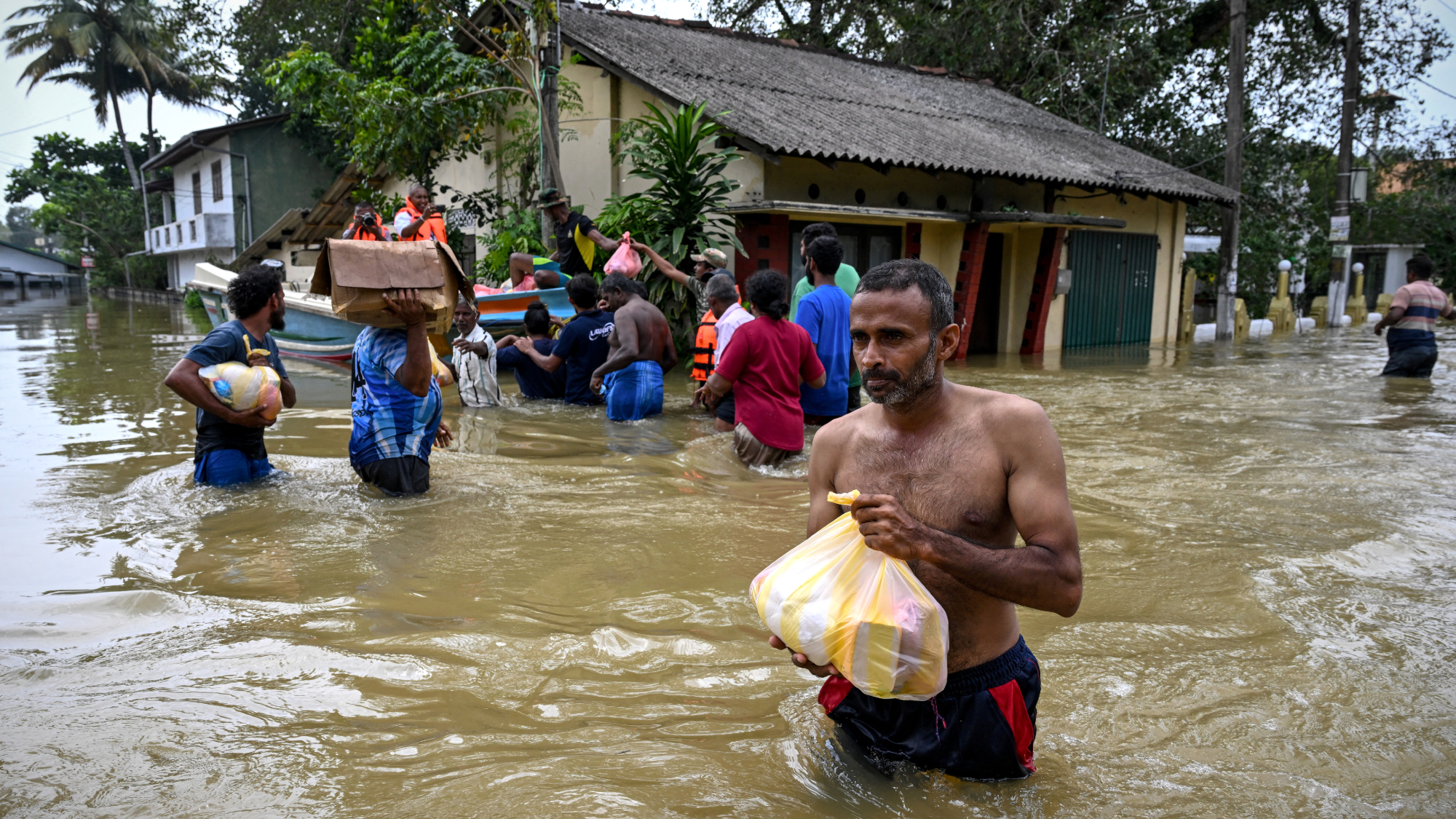 Death toll from Southeast Asia storms tops 1,000
Death toll from Southeast Asia storms tops 1,000speed read Catastrophic floods and landslides have struck Sri Lanka, Indonesia, Thailand and Malaysia
-
 Can for-profit geoengineering put a pause on climate change?
Can for-profit geoengineering put a pause on climate change?In the Spotlight Stardust Solutions wants to dim the sun. Scientists are worried.
-
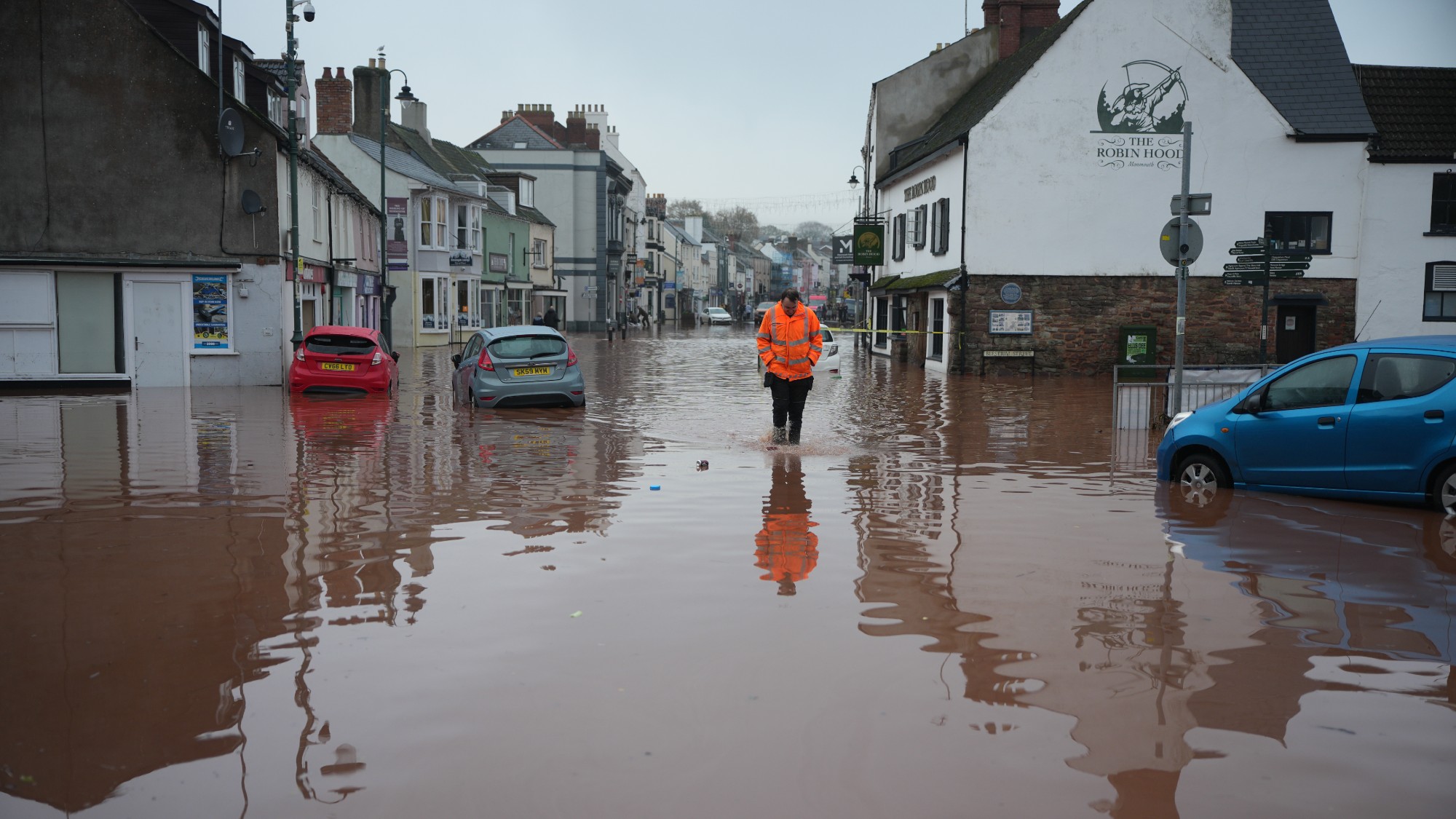 How will climate change affect the UK?
How will climate change affect the UK?The Explainer Met Office projections show the UK getting substantially warmer and wetter – with more extreme weather events
-
 Can the UK do more on climate change?
Can the UK do more on climate change?Today's Big Question Labour has shown leadership in the face of fraying international consensus, but must show the public their green mission is ‘a net benefit, not a net cost’
-
 Did Cop30 fulfil its promise to Indigenous Brazilians?
Did Cop30 fulfil its promise to Indigenous Brazilians?Today’s Big Question Brazilian president approves 10 new protected territories, following ‘unprecedented’ Indigenous presence at conference, both as delegates and protesters
-
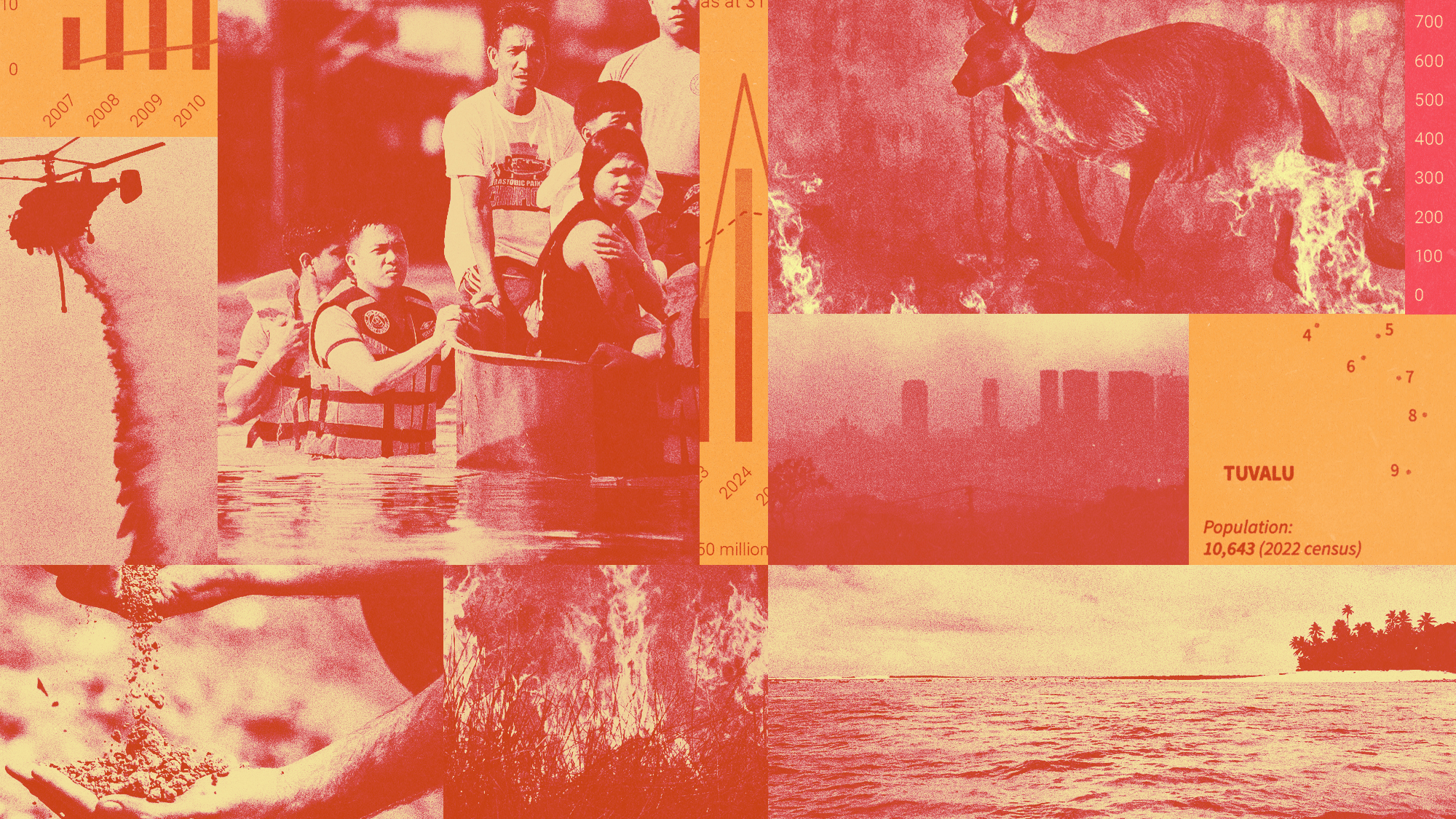 Can the world adapt to climate change?
Can the world adapt to climate change?Today's Big Question As the world gets hotter, COP30 leaders consider resilience efforts
-
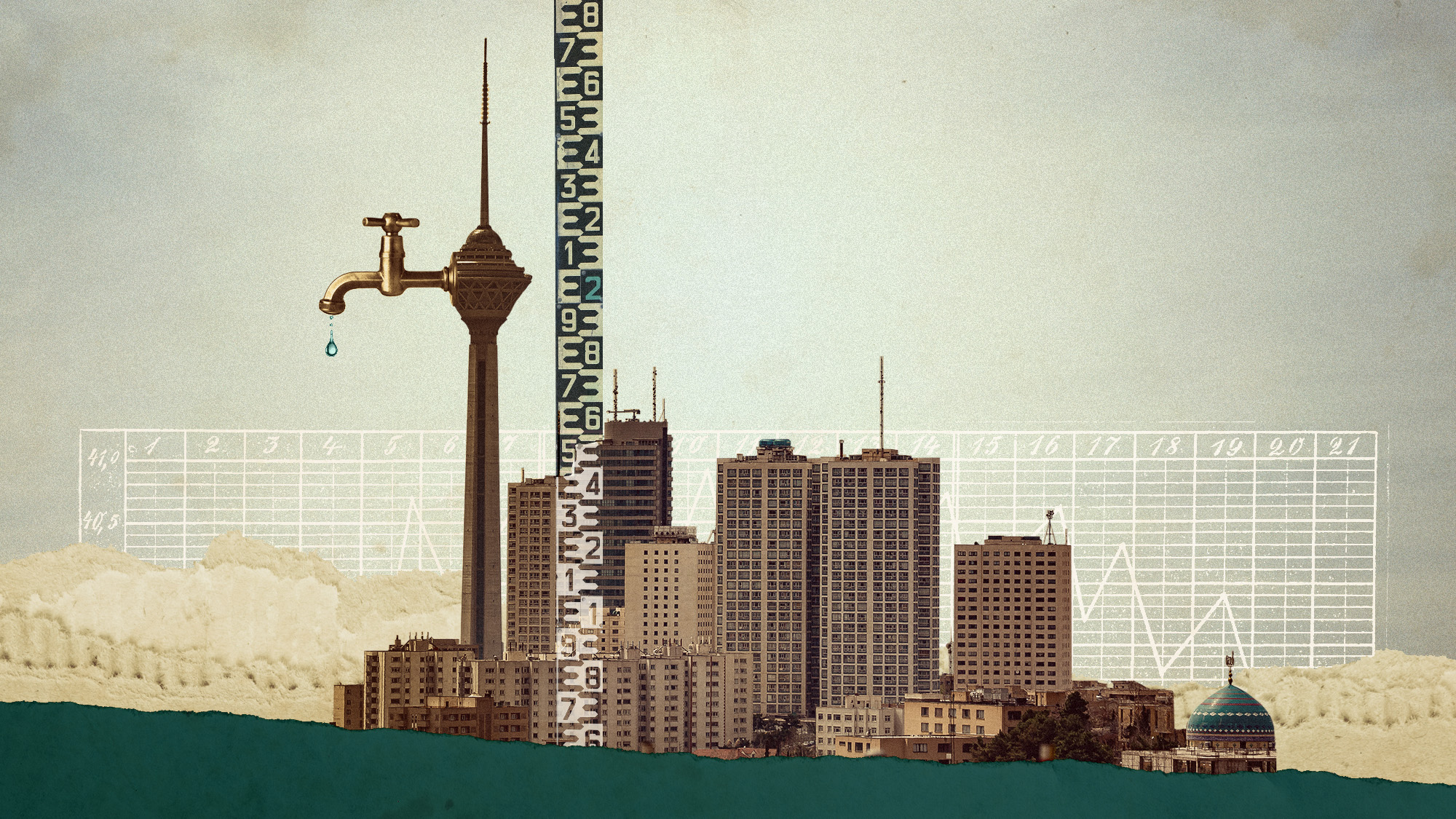 Taps could run dry in drought-stricken Tehran
Taps could run dry in drought-stricken TehranUnder the Radar President warns that unless rationing eases water crisis, citizens may have to evacuate the capital



